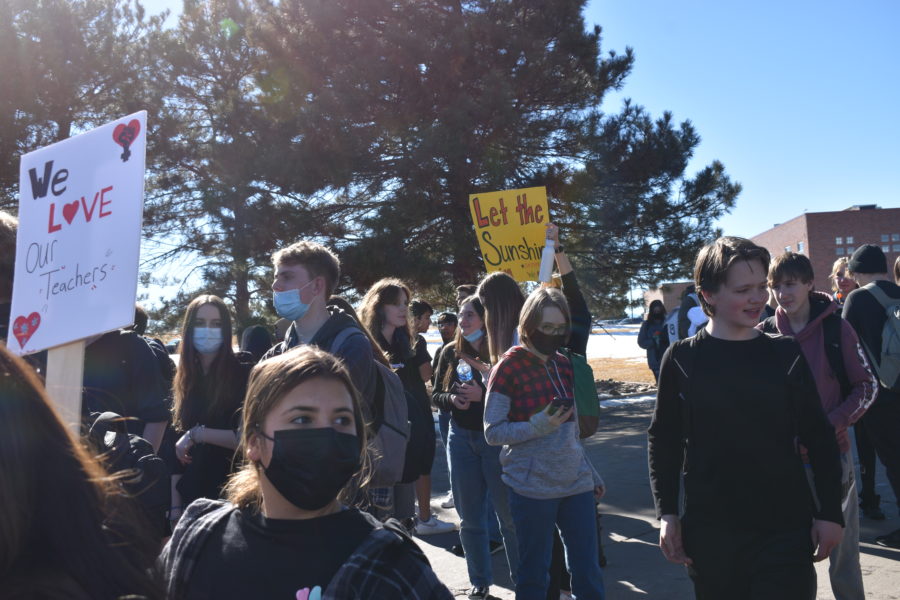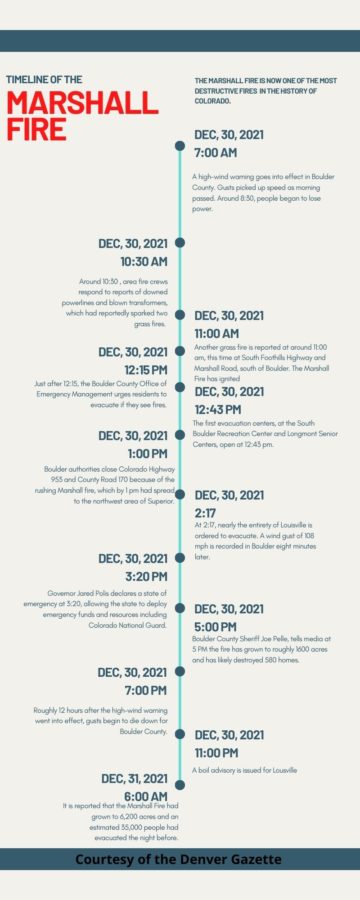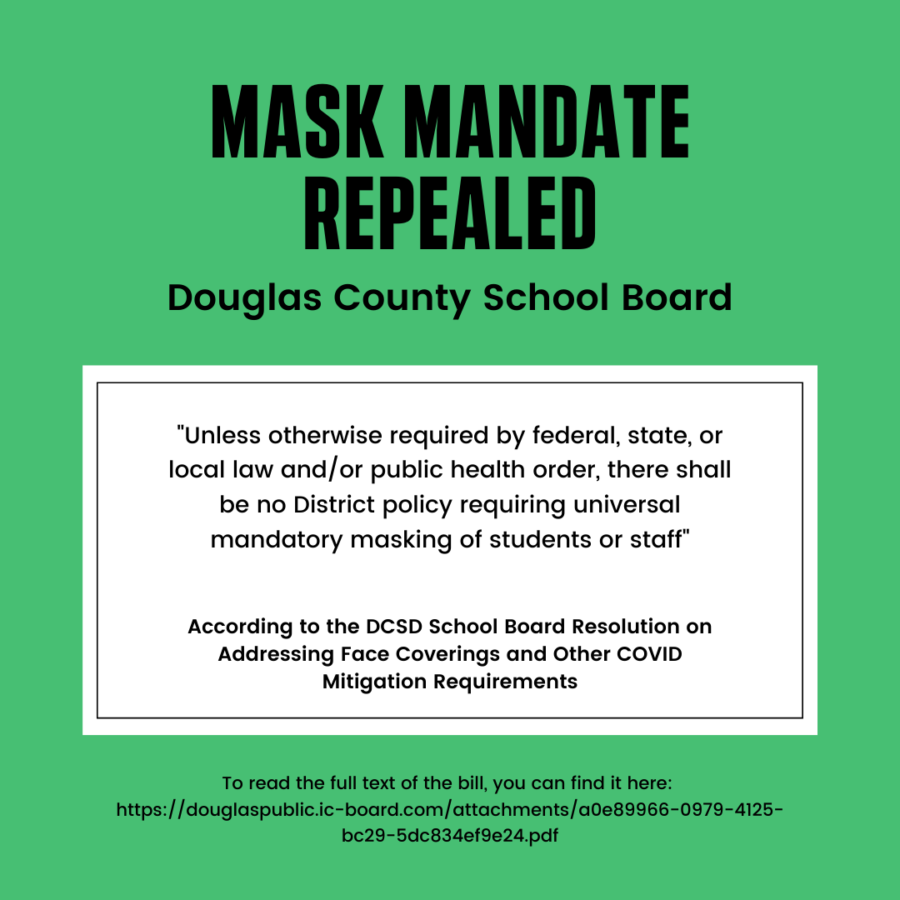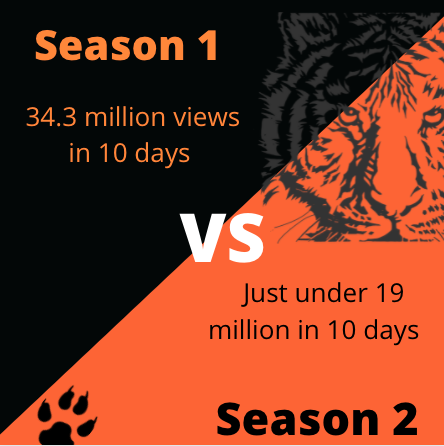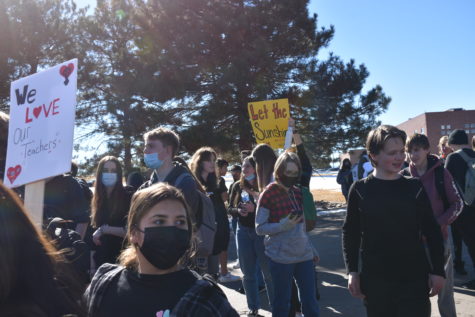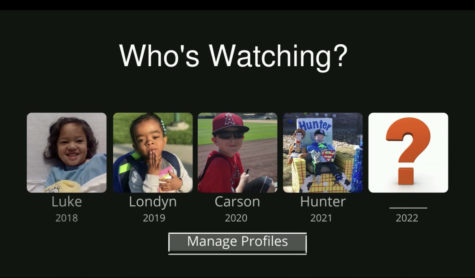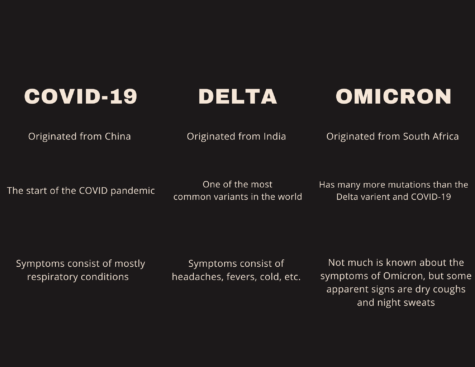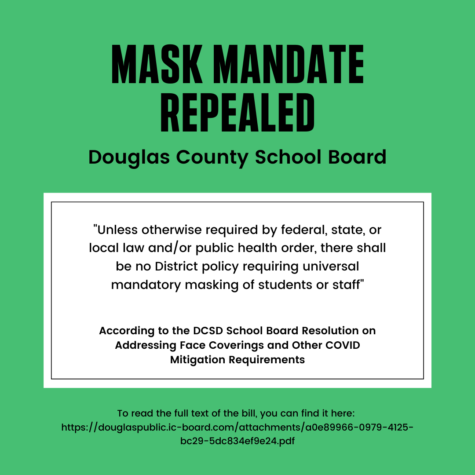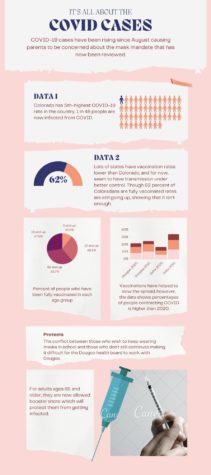Roe v.s. Wade Overturned
September 28, 2022
On January 22, 1973, Roe v. Wade was established across the U.S. when seven out of nine Supreme Court members voted in favor of “Jane Roe”, legalizing abortion in the United States. After 50 years of abortion access, the Supreme Court case was overturned on June 24, 2022.
In 1969, Norma McCorvey, or “Jane Roe” set out to get an abortion in Texas. A hardship that she would face is, not only getting an abortion when it wasn’t legalized but also facing poverty for much of her life. Within Texas, the state’s law was that women could not get an abortion unless it was intended to save their life. Since McCorvey didn’t have access to any abortion resources, legally, she set out for an illegal one.
However, McCorvey’s plan fell through and spoke with Texas attorneys, Linda Coffee and Sarah Weddington, who both had an interest in anti-abortion laws. In June of 1970, the Texas district court rule that abortion was illegal within the state because it went against the constitutional right to privacy. The case was then taken to the Supreme Court on January 22, 1973. On that day, the Supreme Court (7-2) voted on making abortion legal across all states.
With the Supreme Court ruling, they split up a pregnancy into three trimesters. In the first trimester (0-13 weeks), women would have the ability to choose if they wanted to terminate their pregnancy. During the second trimester (13-26 weeks), the government is allowed to control abortions, in the case where they are needed to protect the mother’s health. In the third trimester (27-40 weeks), the state cannot allow women to have an abortion if there is a chance of survival for the fetus out of the womb or on its own. The only exception at that point would be if the mother’s life was at risk.
Since the ruling of Dobbs v. Jackson Women’s Health Organization, states like Alabama, Arkansas, Florida, Missouri, Texas, and many others went into quick effect of banning abortions. Arizona, Idaho, Iowa, Mississippi, Michigan, and five more states are likely to have severe restrictions. The Indiana House rejected Republican-sponsored amendments which would have gotten rid of the exceptions for rape, incest, and lethal fetal anomalies from the bill that was proposed.

Photo courtesy by Caitlin Ochs / Reuters
Recently, Justice Clarence Thomas proclaimed that the court shall look into different rulings like same-sex relationships, same-sex marriage, and protecting contraception access; which is something that many women of color struggle with already. Furthermore, Justices Kagan, Breyer, and Sotomayor said, “no one should be confident that this majority is done with its work.” stated in an article from the Insider.
When looking at the different demographics from KFF.org, over half of the abortions that take place in the U.S. are among women of color. According to the Kaiser Family Foundation, “In 2019, almost four in ten abortions were among Black women (38%), one-third were among White women (33%), one in five among Hispanic women (21%), and 7% among women of other racial and ethnic groups.” Abortions nine weeks into a pregnancy have been shown by 81% of White women, 82% of Hispanic women, and 76% of Black women. Native American and Alaska Native, Hispanic, Black, Native Hawaiian, and other Pacific Islander women have less access to healthcare compared to their White counterparts, which affects their access to things like contraception and many other sexual health resources that are imperative when it comes to planning for pregnancies.
To find more information about abortion laws by state, visit Planned Parent.

